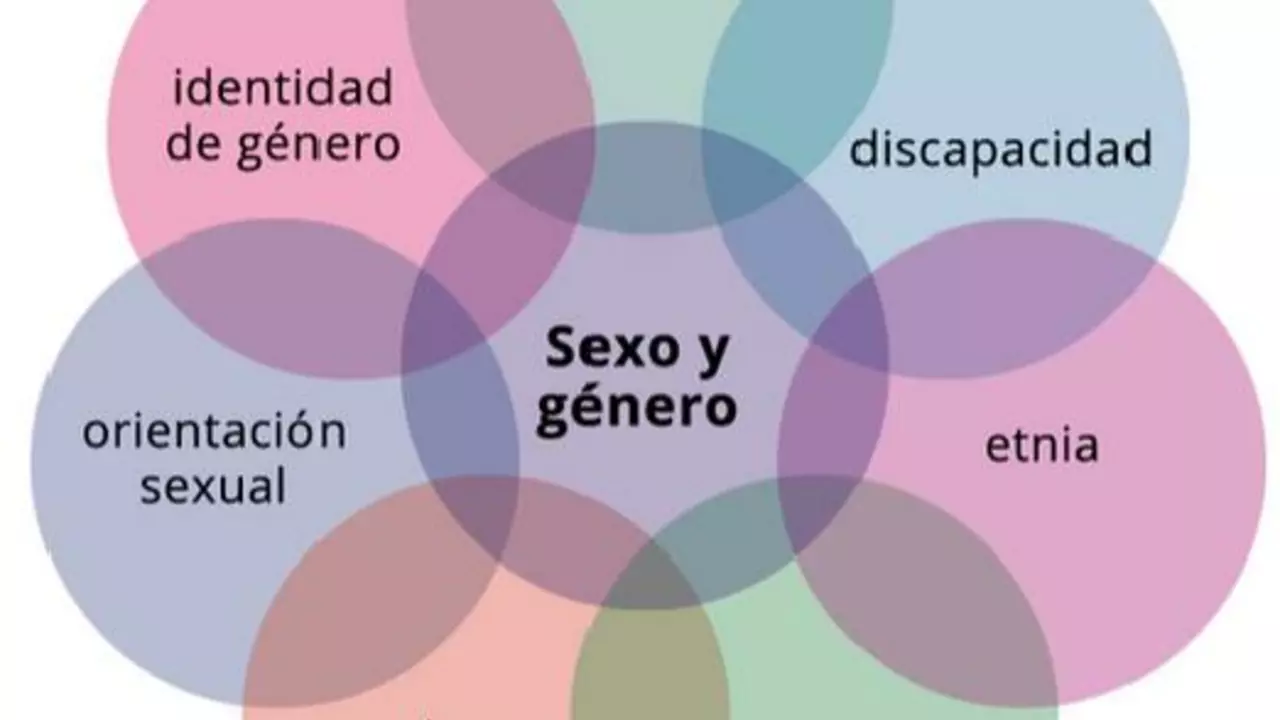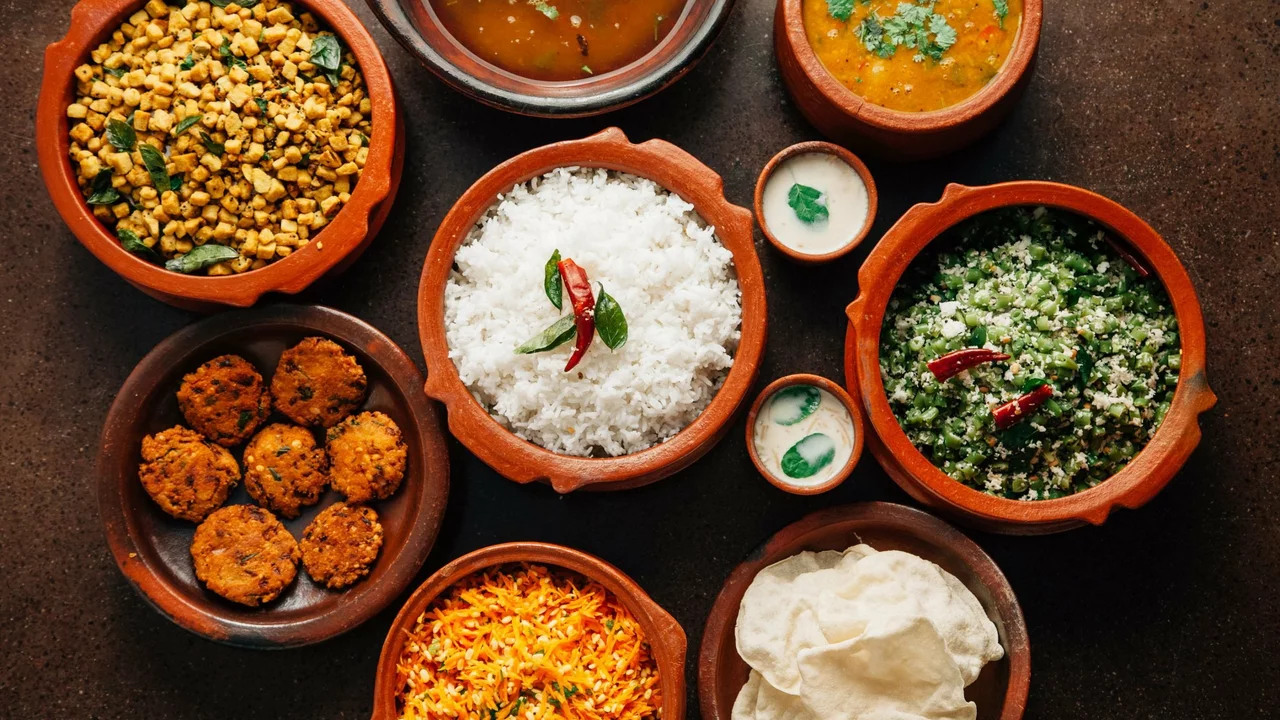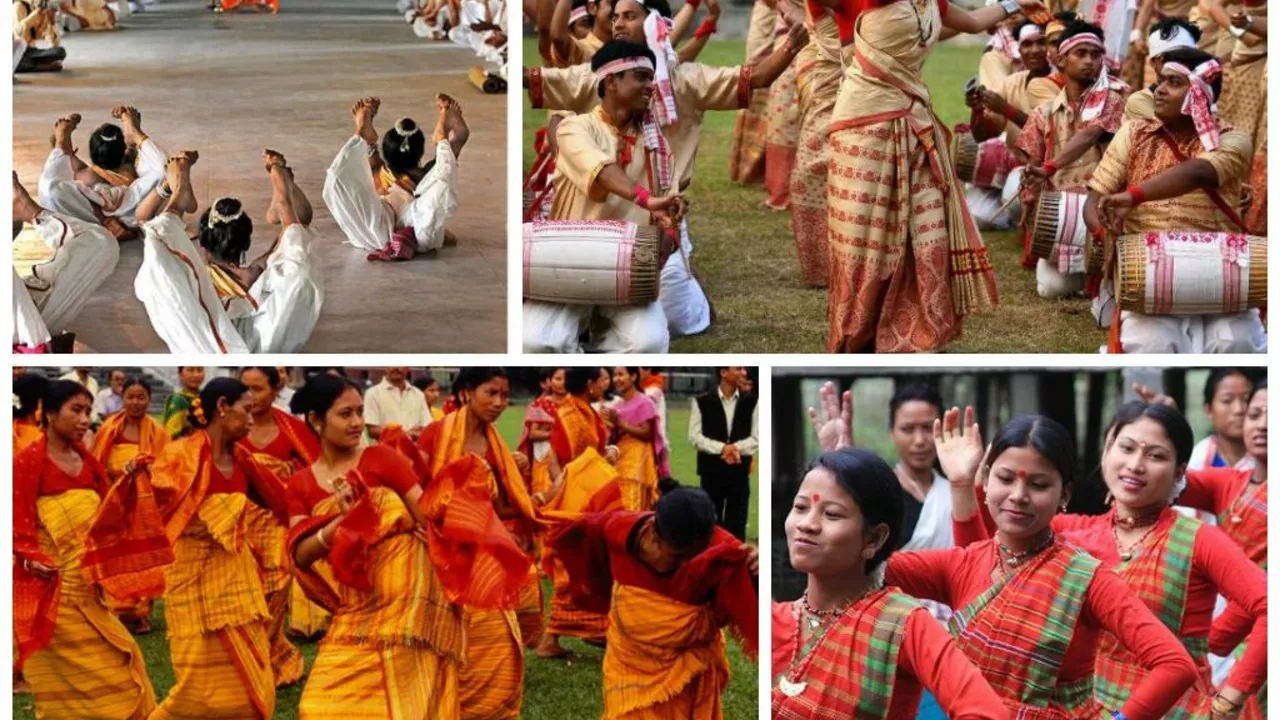TeleNews India — July 2023: snapshots on life, media and moving abroad
This archive collects four honest takes we published in July 2023. Each piece asks a clear question: what is daily life like in India compared with richer countries, does a major paper show gender bias, why some Americans find Indian food tough, and how hard is it for an Indian to settle in Japan. Read on for quick takeaways and practical notes you can use right away.
What we covered this month
First, a personal view of life in India versus developed countries. The post paints a lively picture: crowded streets, unpredictable moments, brilliant food and strong social ties. It contrasts that energy with the smoother, quieter routines people expect in developed nations. If you’re weighing where to live, that piece helps you decide what trade-offs matter more — convenience and predictability, or variety and everyday surprises.
Next, we asked whether a big paper like the Times of India shows sexist tendencies. The article isn’t a slam or a defense — it points out mixed signals. Some stories fall into old stereotypes, while other sections focus on women’s issues and empowerment. The takeaway: media bias can be real but uneven. If you care about fair coverage, the post suggests watching patterns over time, not just single headlines.
We also looked at why some Americans don’t warm to Indian food. The quick answer is familiarity and intensity. Many Indian dishes use strong spice blends and textures that can surprise someone used to milder flavors. The piece offers a practical tip: start with approachable dishes — dal, butter chicken (milder versions), naan, or simple tandoori — and build up to hotter curries. That works whether you’re introducing friends to Indian food or adjusting your own palate.
Finally, the archive includes a realistic guide for Indians thinking about moving to Japan. The biggest hurdles are language and cultural norms: most daily life and job interactions require at least basic Japanese. Cost of living and housing rules differ a lot from India, but demand in IT, engineering and teaching can make relocation possible. Short, actionable tips include learning basic Japanese before you go, researching visa options tied to your job, and budgeting for upfront deposits and housing fees.
Why these pieces matter for you
Each article gives you a focused angle: lifestyle trade-offs, how to spot media patterns, ways to introduce Indian food to newcomers, and realistic prep for moving abroad. None of these are dreamy generalities — they’re practical, everyday observations aimed at people who live in India, travel often, report on culture, or plan an overseas move. If one topic grabs you, jump to that story and use the simple tips there to act now.
Want more archives like this? Keep an eye on TeleNews India for monthly roundups that summarize what readers asked and what we answered. These short collections save you time and point straight to the useful bits.

How is life in India like compared to developed countries?
Oh boy, where do I start? Living in India is like being in an action-packed Bollywood movie full of color, spice, and a little bit of chaos. Imagine trying to cross the road amidst a symphony of honking, while sipping on some world-class chai. Compared to the orderliness of developed countries, it's like swapping your regular coffee for a spicy masala chai - unexpected but invigorating. So, it's no walk in Central Park, but hey, it's never dull and we wouldn't want it any other way!

Do you think Times of India is sexist?
In my recent exploration, I've been pondering over whether the Times of India exhibits sexist tendencies. There are arguments that TOI, India's largest circulated English daily, often portrays women in a stereotypical or objectified way. On the other hand, the newspaper also has sections dedicated to women empowerment and gender equality. This presents a conflicting image, making it difficult to definitively label the publication as sexist. I believe the conversation requires a more in-depth analysis of the newspaper's content, context and intent.

Why do Americans dislike Indian food?
In exploring why some Americans might not favor Indian cuisine, it seems to revolve around unfamiliarity with the spices and flavors. Indian food is rich and diverse, and the intense flavors can be overwhelming for those used to more mild dishes. The spiciness, which is a hallmark of Indian cuisine, can also be off-putting for some. Additionally, there are misconceptions about Indian food being unhealthy or overly greasy. However, it's important to remember that taste is subjective and varies greatly from person to person.

How hard is it for an Indian to settle in Japan?
As an Indian, settling in Japan can be both challenging and rewarding. The language barrier is the most significant hurdle, as Japanese is the primary language and English is not widely spoken. Cultural differences can be overwhelming, but once understood, they enrich the experience. The cost of living is high compared to India, but work opportunities, especially in IT and engineering, can offset this. Overall, the process demands adaptation, patience, and openness to a new and very distinct culture.